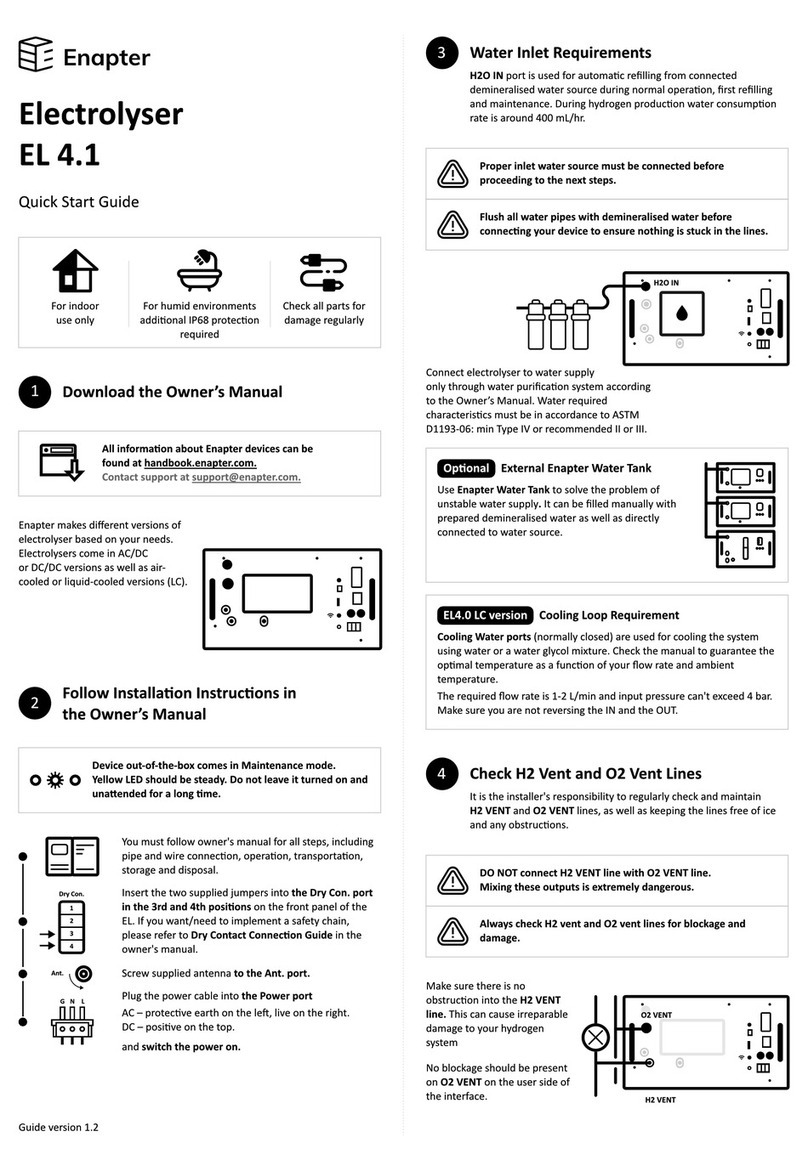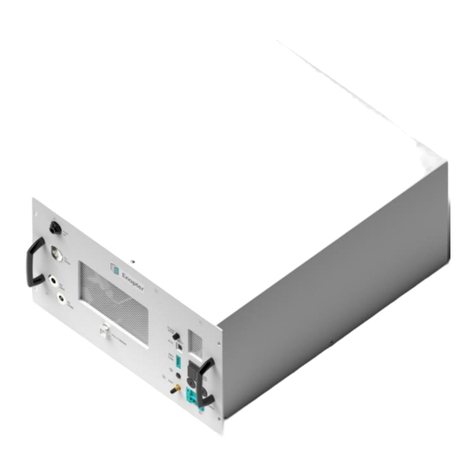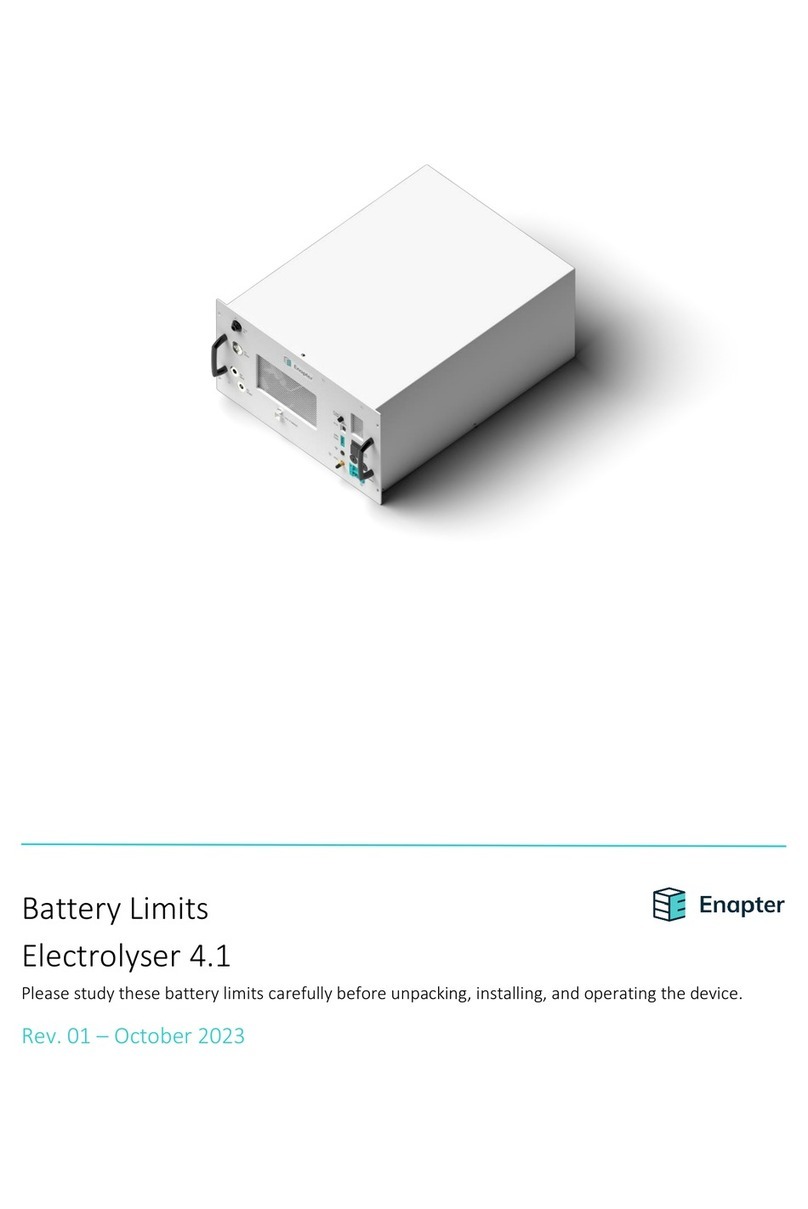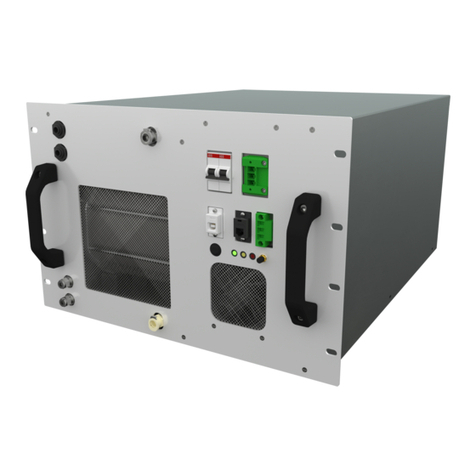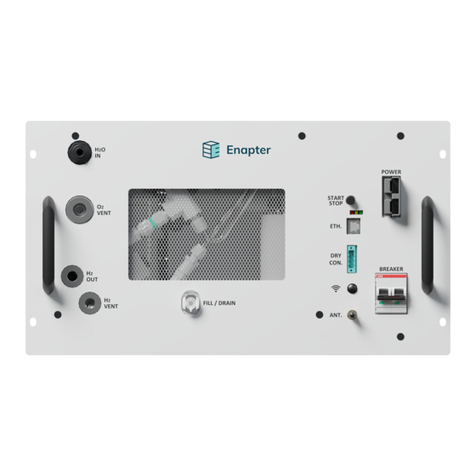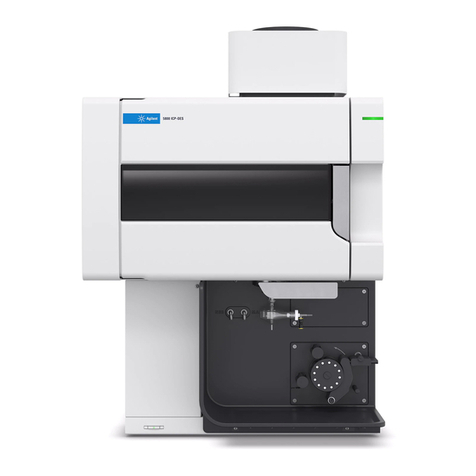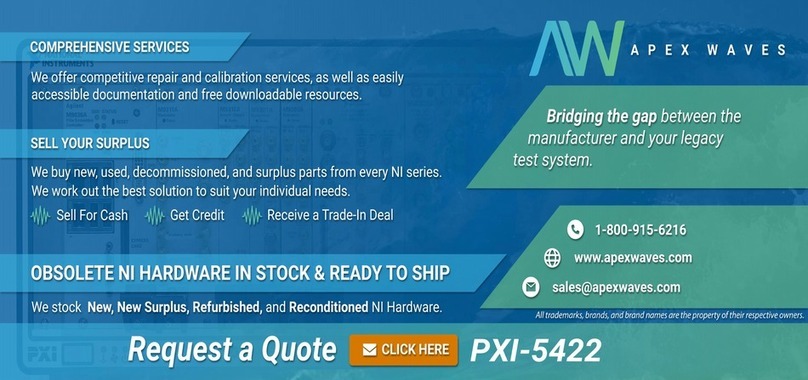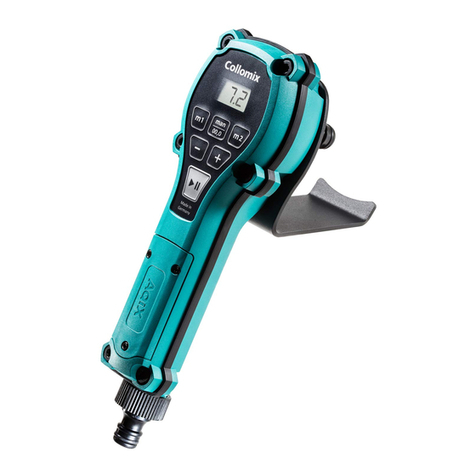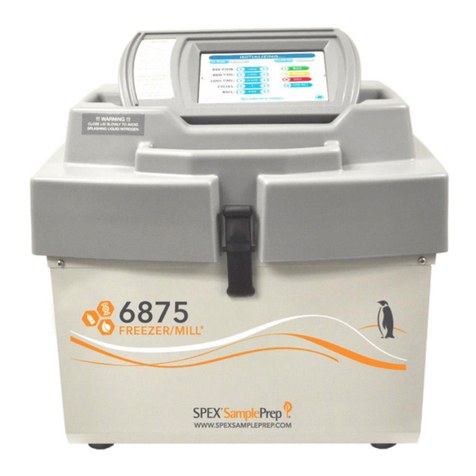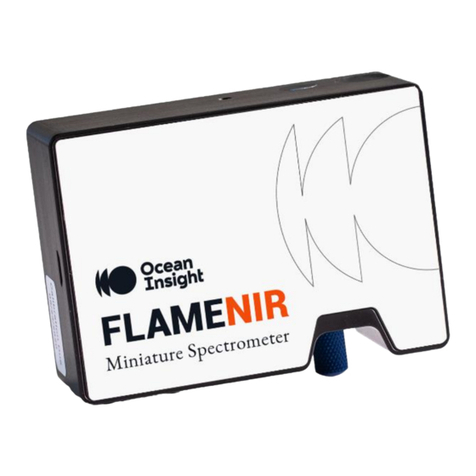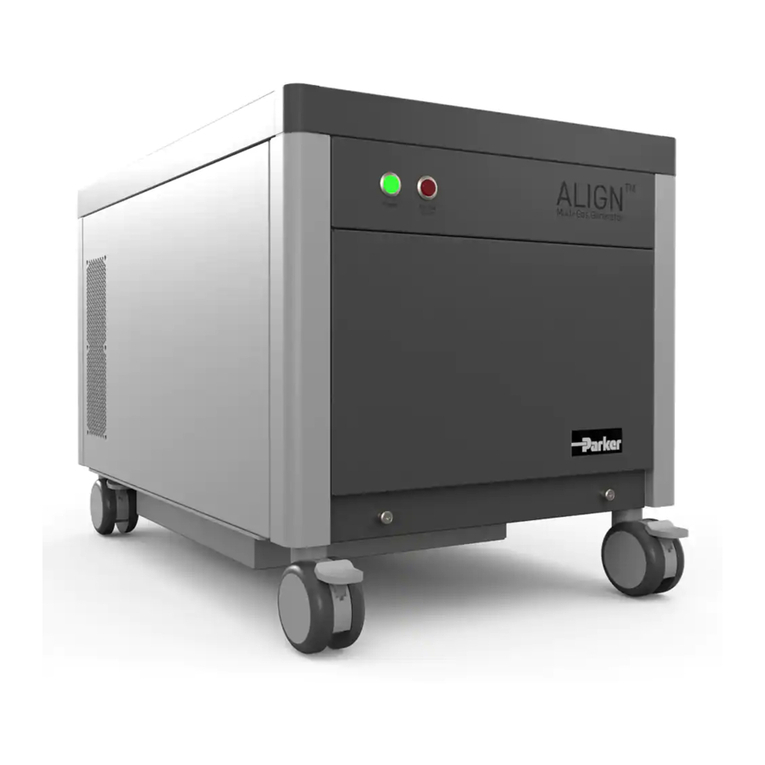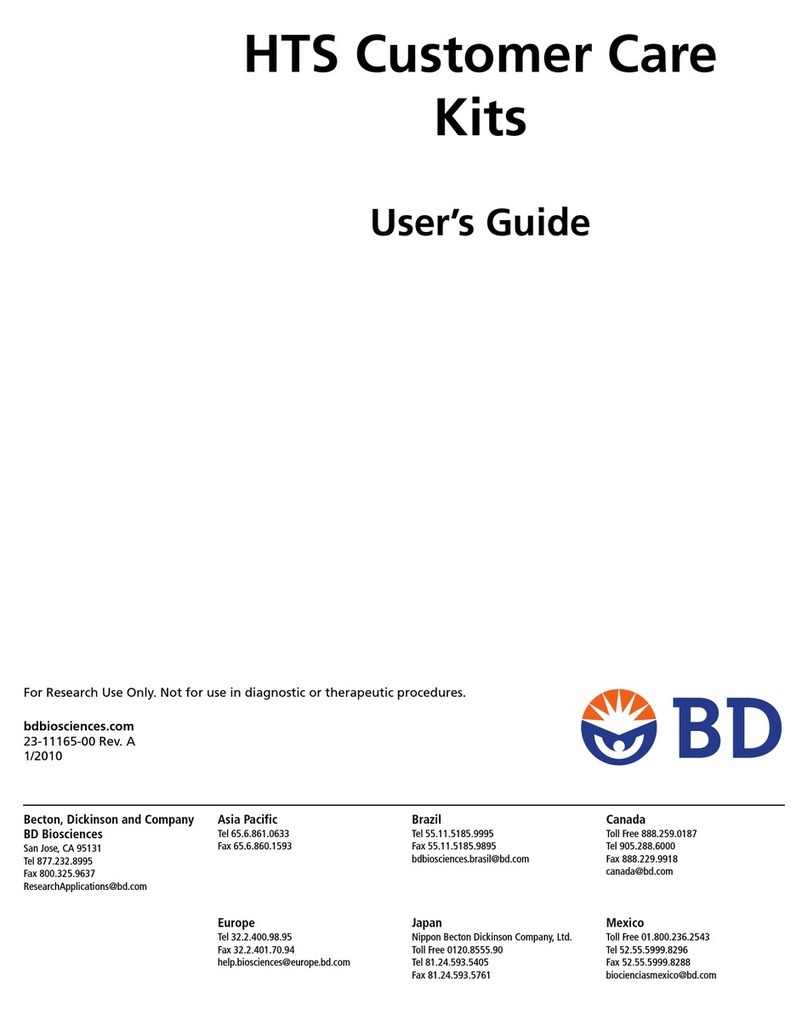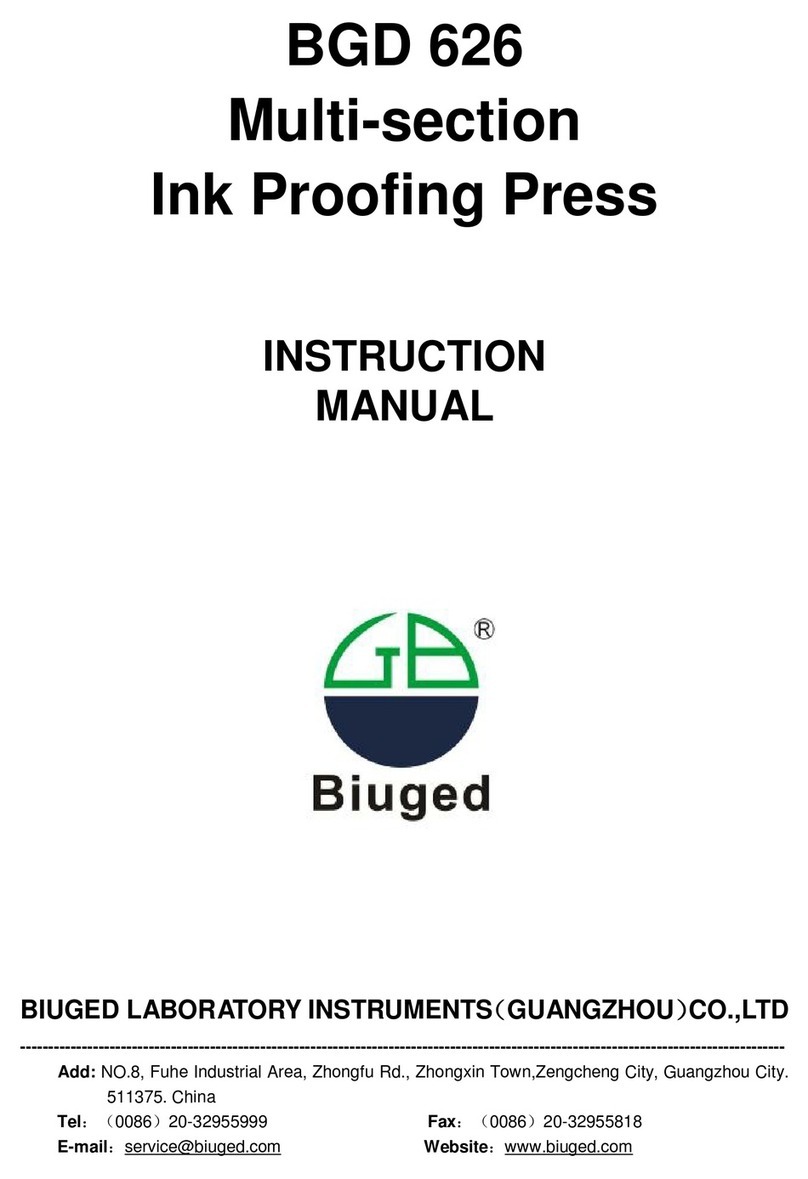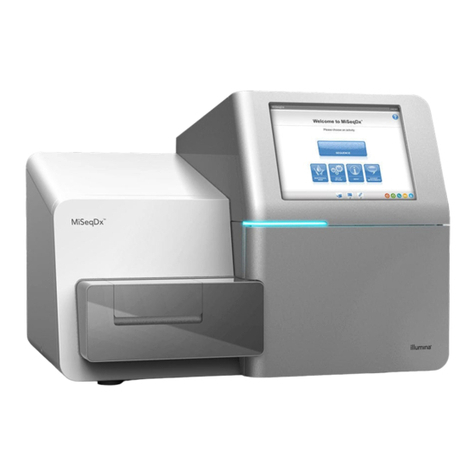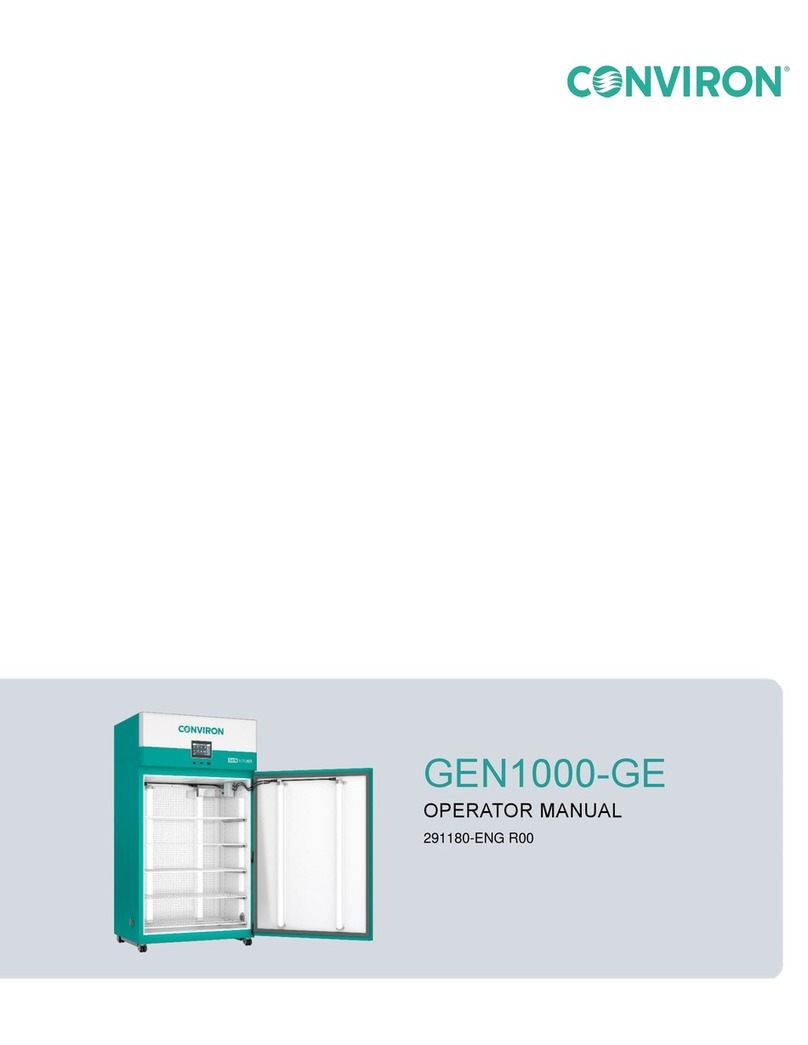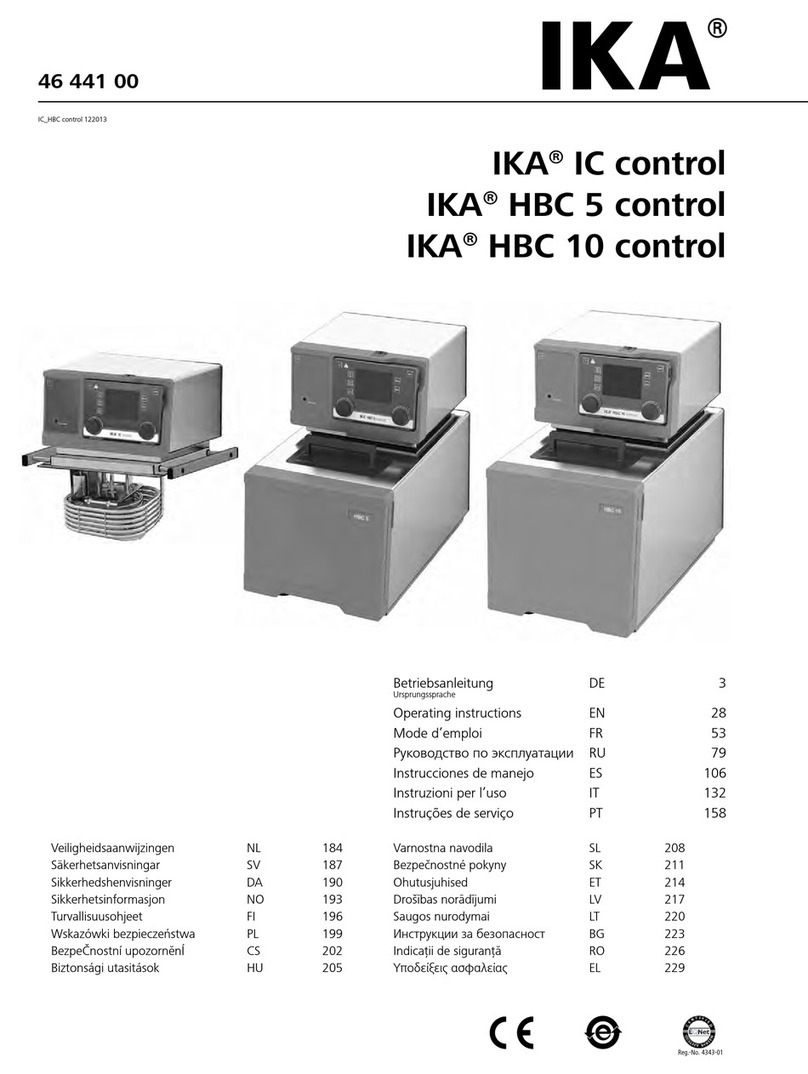EL4.1 –Owner’s Manual – Rev.01 –October 2023V
4.6 Instructions for connecting plastic tubes........................................................................... 28
4.7 Electrical Connection Guide (POWER)............................................................................... 36
4.8 Dry Contact Connection Guide (Optional) (DRY CON.) ....................................................... 38
4.9 Ethernet Port (ETH.) ......................................................................................................... 41
4.10 ISO 22734 Requirements .................................................................................................. 42
4.11 Initial operation of the electrolyser................................................................................... 42
5. Operation of the Electrolyser ........................................................................................ 46
5.1 Manual Start/Stop............................................................................................................ 46
5.2 Remote Start/Stop............................................................................................................ 46
5.3 Automatic Start/Stop........................................................................................................ 46
5.4 Maintenance Mode.......................................................................................................... 47
5.5 Set Production Rate.......................................................................................................... 47
5.6 Ramp Up .......................................................................................................................... 47
5.7 Ramp Down...................................................................................................................... 48
5.8 Anti-Freezing Routine....................................................................................................... 48
5.9 Preheat Function.............................................................................................................. 48
5.10 Safety Heartbeat .............................................................................................................. 48
5.11 Troubleshooting............................................................................................................... 49
6. Enapter Monitoring Tools ............................................................................................. 51
6.1 Mobile Application ........................................................................................................... 51
7. Maintenance of the Electrolyser.................................................................................... 52
7.1 Updates ........................................................................................................................... 52
7.2 Routine Maintenance....................................................................................................... 52
7.3 5-year Major Maintenance ............................................................................................... 54
7.4 Cleaning........................................................................................................................... 54
7.5 Disposal ........................................................................................................................... 55
7.6 Transport ......................................................................................................................... 55
8. Appendix ...................................................................................................................... 57
Appendix I. Hydrogen Leak Testing.................................................................................................................... 57
Appendix II. Preparing fresh electrolyte ............................................................................................................ 58
Appendix III. Draining the electrolyte ................................................................................................................ 59
Appendix IV. LED States...................................................................................................................................... 61
Appendix V. Error Codes..................................................................................................................................... 61
Appendix VI. Water Specifications ..................................................................................................................... 61
